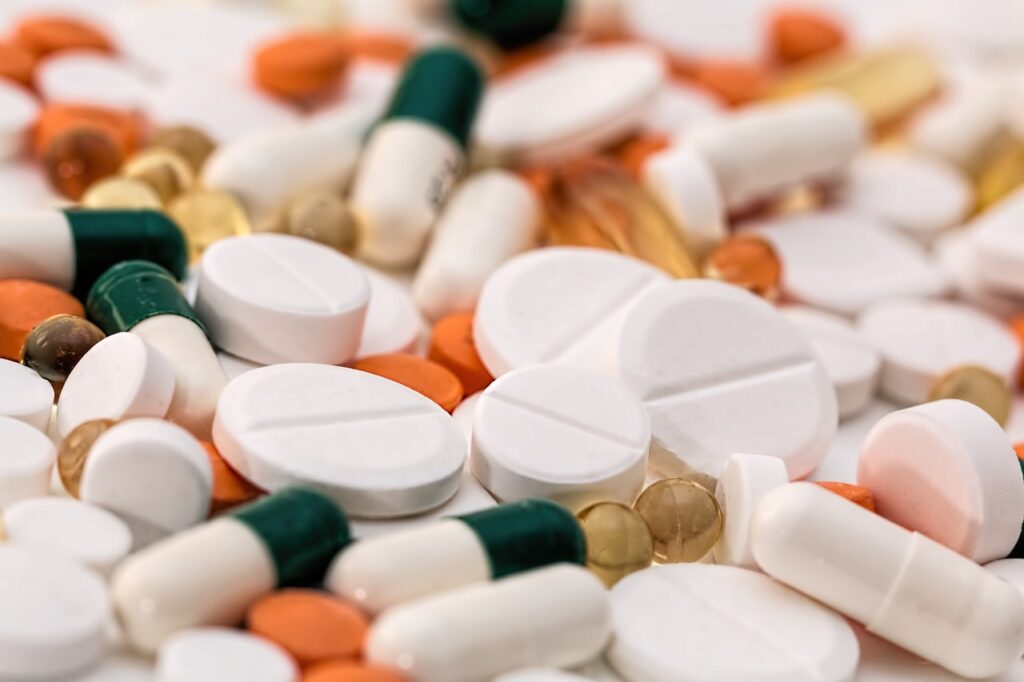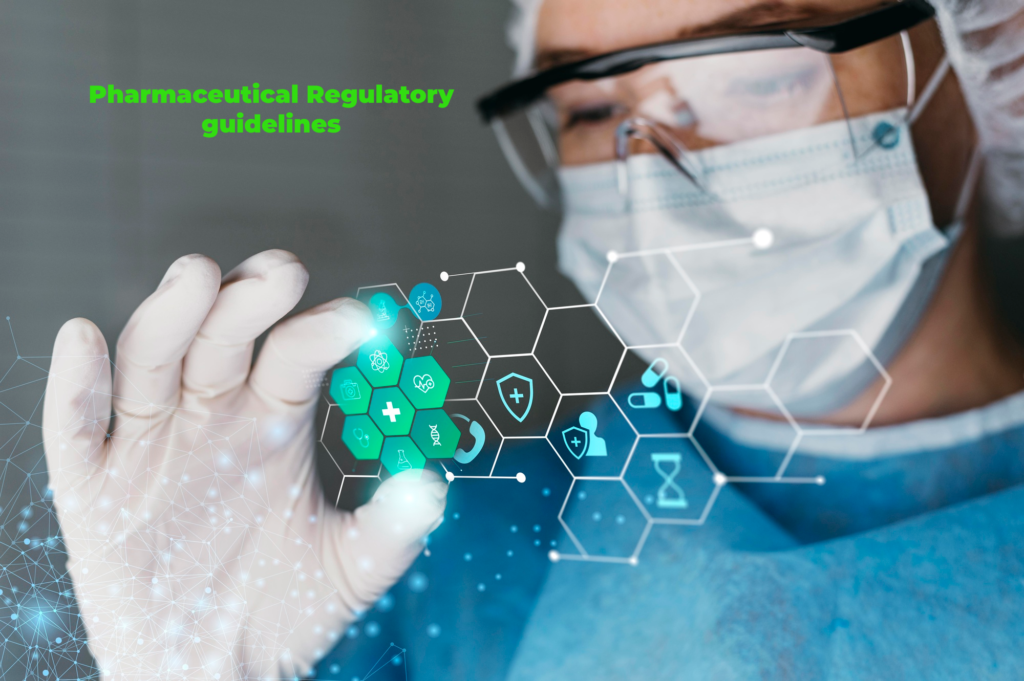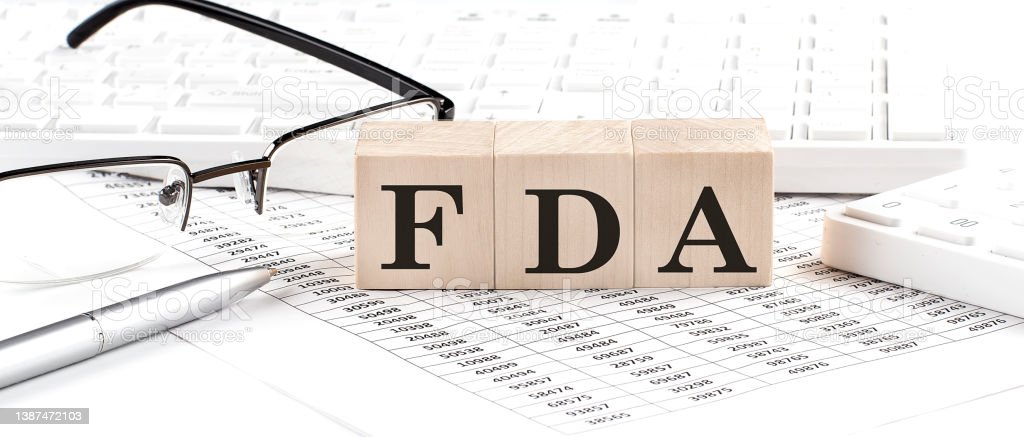Introduction: Why Pharmaceutical Audits are Crucial in the Industry
In the highly regulated and ever-evolving pharmaceutical industry, maintaining compliance and ensuring the highest quality standards is of paramount importance. Conducting Pharmaceutical Audits is an essential practice that pharmaceutical companies undertake to assess their processes, systems, and operations for adherence to regulatory requirements and industry best practices. This comprehensive guide will delve into the intricacies of performing audits in pharmaceutical companies, covering various aspects and offering valuable insights based on firsthand experiences and credible sources.
Audit in Pharmaceutical Company: Understanding the Basics
Before we dive into the nitty-gritty of conducting audits in the pharmaceutical industry, let’s start with the fundamentals.
What is an Audit in the Pharmaceutical Industry?
An audit in the pharmaceutical industry is a systematic and independent examination of a company’s quality management systems, processes, procedures, and documentation. The primary objective is to verify compliance with applicable regulations, guidelines, and standards, such as Good Manufacturing Practices (GMP), Good Clinical Practice (GCP), and Good Laboratory Practice (GLP).
The Importance of Audits in the Pharmaceutical Industry
Audits play a pivotal role in the pharmaceutical sector for several reasons:
- Ensuring Regulatory Compliance: Regulatory bodies, such as the Food and Drug Administration (FDA) and the European Medicines Agency (EMA), impose strict regulations on pharmaceutical companies to ensure patient safety and product efficacy. Audits help companies identify and rectify any non-compliance issues promptly.
- Maintaining Product Quality: Quality is the foundation of the pharmaceutical industry. Audits help companies assess the effectiveness of their quality management systems and identify areas for improvement to maintain product quality consistently.
- Risk Mitigation: Audits help identify potential risks and vulnerabilities in processes, supply chain, and documentation, allowing companies to implement measures to mitigate those risks effectively.
- Building Trust and Reputation: By conducting regular audits and consistently meeting regulatory requirements, pharmaceutical companies build trust with stakeholders, including patients, healthcare providers, and investors, enhancing their reputation in the industry.
Key Components of an Effective Pharmaceutical Audit
A comprehensive pharmaceutical audit should cover the following key components:
- Quality Management System (QMS) Audit: Assessing the effectiveness of the company’s QMS in maintaining quality and compliance.
- Good Manufacturing Practices (GMP) Audit: Ensuring adherence to GMP guidelines for the production and testing of pharmaceutical products.
- Good Laboratory Practice (GLP) Audit: Verifying compliance with GLP regulations for non-clinical laboratory studies.
- Good Clinical Practice (GCP) Audit: Evaluating compliance with GCP guidelines for conducting clinical trials.
- Documentation Audit: Reviewing documentation practices, including batch records, standard operating procedures (SOPs), and change controls.
- Supplier and Vendor Audit: Assessing the quality of materials and services provided by external suppliers and vendors.
Preparing for an Audit: Step-by-Step Guide
Now that we understand the importance of audits in the pharmaceutical industry let’s delve into the step-by-step process of preparing for and conducting a successful audit.
Step 1: Establishing the Audit Objective and Scope
The first step in preparing for an audit is defining the audit’s objective and scope. Determine the specific areas, processes, and departments that will be included in the audit. Align the audit objectives with regulatory requirements and company policies.
Step 2: Assembling an Audit Team
Forming a competent and diverse audit team is essential for a comprehensive assessment. The team should consist of individuals with expertise in different areas, including quality assurance, production, laboratory, and regulatory affairs.
Step 3: Conducting a Risk Assessment
Prioritize the areas of highest risk in the pharmaceutical company. Conducting a risk assessment helps allocate resources effectively and focus on critical aspects that require immediate attention.
Step 4: Developing an Audit Plan
Create a detailed audit plan that outlines the audit’s schedule, activities, and responsibilities of each team member. The plan should be flexible enough to accommodate unexpected developments.
Step 5: Gathering Audit Evidence
During the audit, the team collects evidence through interviews, document reviews, and on-site observations. The evidence should be factual, and objective, and support the audit findings.
Step 6: Analyzing Audit Findings
Once the audit is complete, the team analyzes the collected evidence to identify non-compliance issues, deviations, and areas for improvement.
Step 7: Reporting and Corrective Action
The audit team prepares a comprehensive audit report highlighting the findings and recommendations. The company should take prompt corrective actions to address the identified issues.
Common Challenges in Pharmaceutical Audits and How to Overcome Them
Despite careful planning, pharmaceutical audits may encounter various challenges. Understanding these challenges and implementing appropriate strategies is crucial for successful audits.
Challenge 1: Insufficient Documentation
Insufficient or inadequate documentation is a common challenge during audits. Missing batch records, incomplete SOPs, and lack of proper change controls can lead to compliance issues.
Overcoming the Challenge:
To overcome this challenge, pharmaceutical companies should prioritize maintaining accurate and complete documentation. Implement document control systems and ensure proper training for employees involved in documentation processes.
Challenge 2: Inadequate Training and Awareness
Lack of training and awareness among employees regarding regulatory requirements and quality standards can lead to non-compliance.
Overcoming the Challenge:
Develop comprehensive training programs for employees at all levels, emphasizing the importance of compliance and quality. Regularly conduct refresher courses to keep employees updated.
Challenge 3: Supply Chain Complexity
Pharmaceutical companies often rely on complex supply chains involving multiple suppliers and vendors, increasing the risk of quality issues.
Overcoming the Challenge:
Perform thorough audits of suppliers and vendors to ensure they meet the required quality standards. Establish clear communication and expectations with all stakeholders in the supply chain.
Challenge 4: Changing Regulatory Landscape
The pharmaceutical industry is subject to ever-changing regulations and guidelines, making it challenging to stay updated and compliant.
Overcoming the Challenge:
Stay informed about the latest regulatory updates through constant monitoring of regulatory authorities’ websites and participation in industry conferences and seminars.
Challenge 5: Cultural and Language Barriers
For multinational pharmaceutical companies, cultural and language barriers can hinder effective communication during audits.
Overcoming the Challenge:
Ensure that audit teams are equipped with multilingual capabilities or engage the services of translators when necessary. Foster a culture of open communication and transparency within the organization.
FAQs about Audits in Pharmaceutical Companies
Q: How often should pharmaceutical companies conduct audits?
A: The frequency of audits may vary based on factors such as regulatory requirements, company size, and risk assessment. Generally, companies conduct internal audits annually and undergo external audits by regulatory authorities at specific intervals.
Q: Can an audit uncover potential areas for process improvement?
A: Yes, audits not only identify compliance issues but also offer valuable insights into areas for process improvement. Companies can use audit findings to enhance efficiency and streamline their operations.
Q: What happens if a pharmaceutical company fails an audit?
A: If a company fails an audit, it must take immediate corrective actions to address the identified issues. Failure to do so can lead to regulatory penalties, reputation damage, and potential suspension of operations.
Q: How can a pharmaceutical company prepare for an external regulatory audit?
A: Preparing for an external regulatory audit involves conducting thorough internal audits, addressing any non-compliance issues, and ensuring all documentation is up-to-date and accurate.
Q: Who can conduct pharmaceutical audits?
A: Pharmaceutical audits can be conducted by internal audit teams, external consultants, or regulatory authorities, depending on the type of audit.
Q: Are audits limited to manufacturing facilities only?
A: No, audits in pharmaceutical companies can cover various aspects, including manufacturing facilities, laboratories, research and development departments, and even the supply chain.
50 Questions to Consider During a Pharmaceutical Audit
- Are all manufacturing processes in compliance with GMP guidelines?
- Are personnel adequately trained for their respective roles?
- Is the equipment used in production regularly calibrated and maintained?
- How are deviations from established procedures handled?
- Are there proper segregation and storage of raw materials and finished products?
- Are cleaning and sanitization procedures followed as per the required standards?
- Are there proper records of batch production and testing?
- How are changes to manufacturing processes or equipment validated?
- Are complaints and adverse events thoroughly investigated and documented?
- Is the stability testing of products conducted regularly?
- Are there established procedures for product recalls, if necessary?
- How is data integrity ensured throughout the manufacturing process?
- Are laboratory personnel appropriately qualified and trained?
- Are laboratory instruments and equipment regularly calibrated and maintained?
- How are out-of-specification test results handled?
- Are there procedures in place for the disposal of waste materials?
- Is the pharmaceutical company compliant with environmental regulations?
- How are temperature-sensitive products stored and transported?
- Are suppliers and vendors audited for quality and compliance?
- How are deviations and non-conformances during audits addressed?
- Are there procedures for investigating and documenting product deviations?
- How is the risk of cross-contamination minimized in production facilities?
- Are proper procedures in place for handling and disposing of hazardous materials?
- How are deviations from standard operating procedures reported and resolved?
- Are personnel trained on safety protocols and emergency procedures?
- How are personnel hygiene and gowning requirements maintained in production areas?
- Are there procedures for qualifying and monitoring critical suppliers?
- How are equipment and facilities qualified for use in production?
- Are environmental monitoring procedures implemented to prevent contamination?
- How are temperature and humidity controlled in critical areas of production?
- Are there procedures for managing product expiration dates and retesting?
- How is the integrity and security of electronic records maintained?
- Are there procedures for handling product recalls and withdrawals?
- How are the quality and purity of water used in production ensured?
- Are there procedures for handling and documenting investigations into product failures?
- How are investigations into product complaints conducted?
- Are there procedures for handling deviations in packaging and labeling?
- How is the risk of microbial contamination minimized in production facilities?
- Are there procedures for managing the distribution and storage of products?
- How are deviations and out-of-trend results in stability testing addressed?
- Are there procedures for managing the release of products for distribution?
- How are personnel trained on handling hazardous materials safely?
- Are there procedures for conducting risk assessments of manufacturing processes?
- How is the qualification and validation of analytical methods performed?
- Are there procedures for managing the qualification and calibration of equipment?
- How are suppliers and vendors qualified and approved for use?
- Are there procedures for managing and investigating product deviations during transport?
- How are data backups and data security measures implemented for electronic records?
- Are there procedures for managing the labeling and packaging of products?
- How is the traceability of raw materials and finished products ensured throughout the supply chain?
Conclusion: Prioritizing Compliance and Quality through Audits
In conclusion, conducting audits in pharmaceutical companies is an indispensable practice to ensure compliance with regulations and maintain the highest quality standards. By following a systematic approach and overcoming common challenges, companies can continuously improve their processes and products while building trust and credibility within the industry. Embracing audits as a proactive measure will not only strengthen the company’s reputation but also contribute to the overall advancement of the pharmaceutical sector.
For more articles, Kindly Click here.
For pharmaceutical jobs, follow us on LinkedIn, Jobs in the United Kingdom
For Editable SOPs in Word, format contact us on info@pharmaguidelines.co.uk











